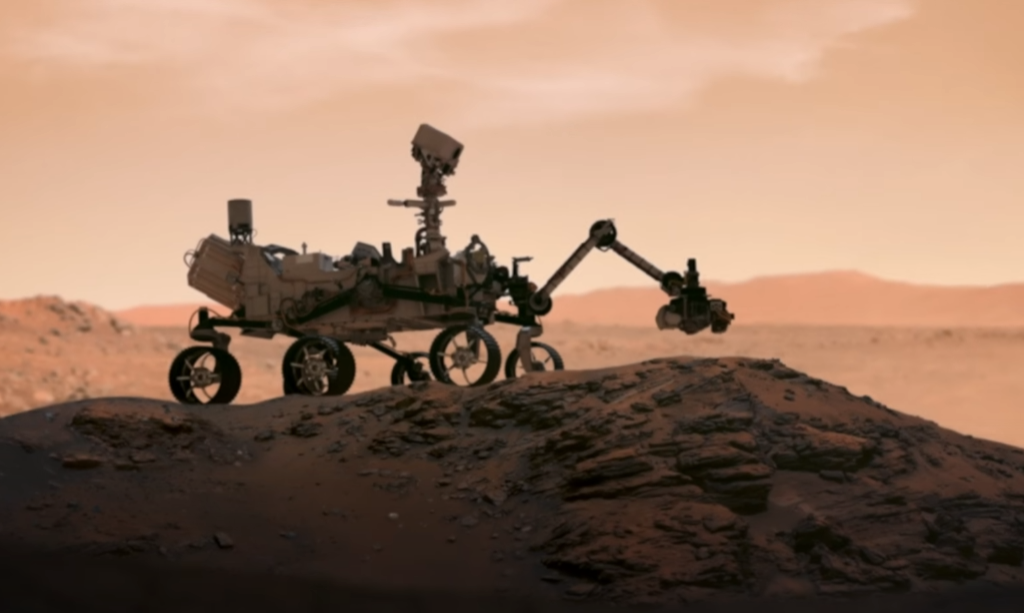NASA has achieved a significant milestone in the quest to conquer Mars with the successful testing of an innovative Rotating Detonation Rocket Engine (RDRE).
This breakthrough in propulsion technology not only promises quicker, long-distance space travel but also offers a potential solution to the high costs associated with space exploration.
Conducted at the NASA Marshall Space Flight Center in Alabama, the recent RDRE test marked a remarkable advancement, generating a record-breaking 25,810 newtons (5,800 pounds) of thrust for 251 seconds.
This accomplishment surpasses the engine’s previous achievement of 17,800 newtons for nearly a minute, showcasing substantial progress from the 2022 tests that were validated in early 2023.
Thomas Teasley, the lead combustion devices engineer overseeing the RDRE project, emphasizes the engine’s capacity to revolutionize design efficiency. The RDRE operates by employing sustained detonations within a ring-shaped channel, ignited by a combination of fuel and oxygen with each explosion, a groundbreaking departure from conventional liquid rocket engines.
NASA’s Innovation in Manufacturing

The innovation lies in the RDRE’s ability to consume less propellant fuel and offer simpler machinery, significantly reducing the cost of space travel and enabling longer journeys. This advancement holds promise for facilitating humankind’s long-awaited visit to Mars.
Moreover, NASA’s utilization of 3D printing techniques to produce durable machine parts capable of withstanding extreme heat and pressure within the RDRE design further underscores the strides made in propulsion technology.
Engineers involved in the test express confidence in scaling and customizing the combustor to accommodate various thrust levels, engine systems, and mission classes. This progress aligns with NASA’s ambitious timeline, aiming for humans to set foot on Martian soil by the 2030s, overcoming obstacles in travel and habitation on Mars.
Teasley asserts that this achievement signals a step closer to lightweight propulsion systems capable of carrying larger payloads deeper into space, integral to NASA’s broader vision of Moon to Mars exploration.
The successful RDRE test signifies a critical advancement in space propulsion technology, offering hope and solutions to surmount the challenges of interplanetary travel and colonization, ultimately propelling humanity closer to unlocking the mysteries of the Red Planet.


Comments are closed.